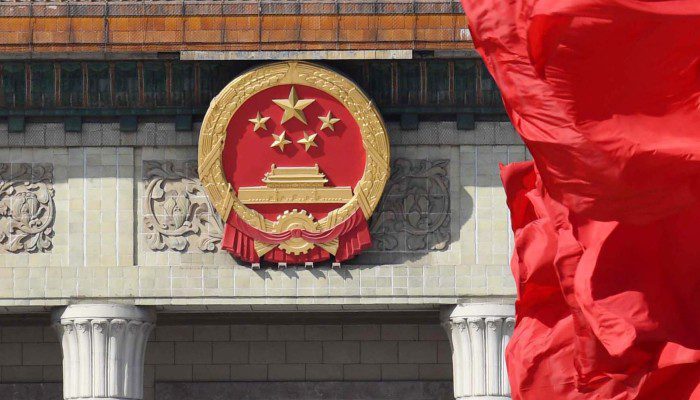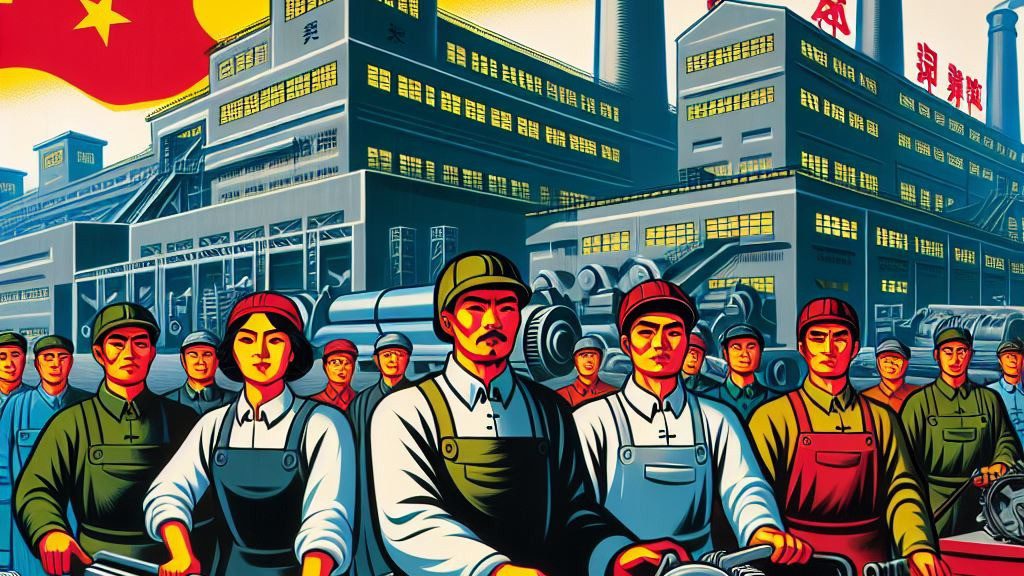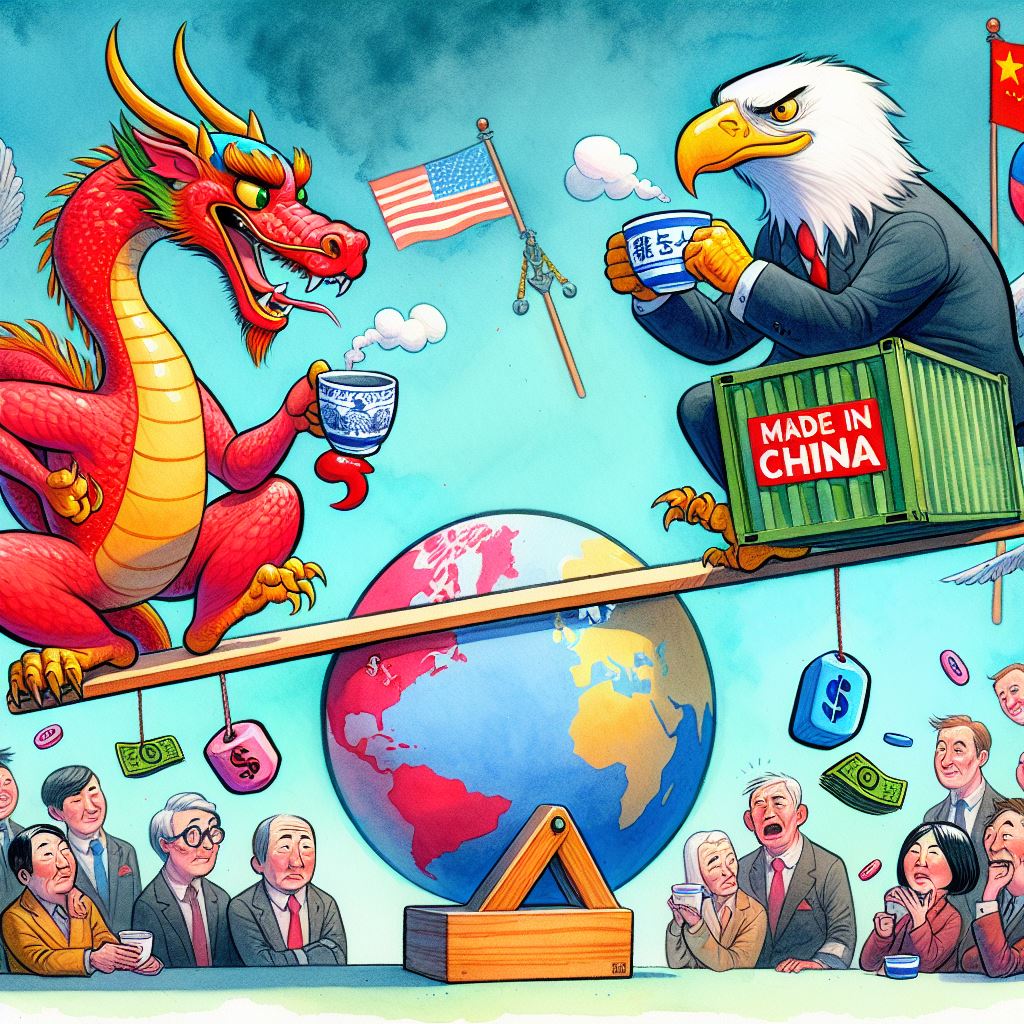Industries badly affected by COVID-19 are on their roads to recovery although at a different pace. Nevertheless, China’s overall economy has been recovering from the impact of COVID-19 despite scattered cases being reported from various local provinces. The Chinese government has also extended relevant preferential policies to support COVID-19 recovery, especially for small businesses.
Have a look at our previous article Small Businesses Benefit from Reduced Tax Rates
China’s full recovery may have lagged because of the slower-than-projected expansion of the retail industry at 17.7 percent (rather than the expected 25 percent). However, industrial output rose 9.8 percent as well as other notable improvements on some industries that were heavily impacted by COVID-19 during 2020.
COVID-19 recovery: Major industries affected by COVID-19
Tourism and transportation
Among the most epidemic-stricken industries, tourism and transportation have suffered greatly. At the beginning of the outbreak, hotels were offering free cancellation to guests and donations to stricken cities like Wuhan. Hotels also transformed temporarily into medical observation units and accommodation for paramedics from all over the country.
Nowadays, local Chinese tourists have been enjoying domestic tourism amid the continued recovery from COVID-19. During the 2021 Chinese New Year, local tourism boosted several industries like hotels, tourist spots, and train and airplane transportation. Further, the May Day holiday that spanned for five to seven days for some had witnessed strong domestic demand in terms of tourism. This is attributable to the successful inoculation and COVID-19 preventive measures imposed throughout the country. Among the trends seen these days include interprovincial tours becoming popular with Sanya, Chengdu, and Haikou being top destinations in the Country.
Check out our article on Hainan Economy Boosted with New Duty-free Policy
Civil aviation
In February of 2020, the civil aviation industry in China hit rock-bottom due to the pandemic. Since then, the industry has slowly climbed its way up to recovery. In February of 2021, Chinese airports had 231,700 outbound flights, a 127.98 percent increase compared to the same period last year. Meanwhile, Guangzhou Baiyun International Airport had the most outbound flights in the same period.
Moving forward, leisure trips are foreseen to take over the recovery phase of the industry. This is due to business trips being taken over by video conferencing platforms and remote work practices. These days, long holidays in China have seen surges in travel among locals and residents. Public safety measures have ensured the effectiveness of curbing the spread of the virus and allowing residents of China to enjoy their holidays during the “new normal”. These measures include:
- QR code technology for health codes;
- Compulsory wearing of face masks upon entry to public establishments and transportation units; and
- Stringent enforcement by the government.
Film industry
The film industry recovered swiftly in China. In the first 37 days of the reopening of Chinese cinemas in the late part of 2020, box office revenues have reached RMB 2.4 billion. Box office figures as of April 2021 have almost surpassed the total for the whole 12 month-figure of 2020.
China has a box office revenue of RMB 20.1 billion as of the first month of the second quarter, which is almost as big as the RMB 20.31 billion for the whole of 2020. Of the top-grossing films for this year, domestic productions have dominated the scenery, with only “Godzilla vs Kong” as the foreign-made production. The large population of the country coupled with movie-goers’ high tolerance for different types of films is a trend that helped the success of China’s film industry after the difficulties of 2020.
Skincare industry
The skincare market suffered a blow during 2020 as well. However, because of China’s economy’s recovery rate, the industry is now picking up from the brunt of the pandemic. In March 2021, cosmetics retail sales in the country reached about RMB 36.75 billion which is a 47 percent increase in revenue compared to the same period last year.
Before COVID-19, the cosmetics market in China witnessed great development, especially in the last decade. Second- and third-tier cities have a growing demand for cosmetic products for both men and women. This is expected to maintain its increasing growth rate in the coming years.
E-commerce
E-commerce in China was already a booming industry since before the COVID-19. However, the global pandemic has driven consumers all over China towards online purchasing. Online sales increase by almost 9 percent from February to May 2020, the peak period of lockdowns or generally during the outbreak. Groceries, medical supplies, and other essentials are the most-purchased goods during this time of the “stay-at-home” economy.
The Chinese Government has strongly encouraged and supported the growth of the e-commerce market to promote consumption and boost the internal economy. During the global pandemic, China’s government has initiated the following steps to economic recovery for the e-commerce sector:
- Funded e-commerce innovations in aspects such as autonomous delivery, telemedicine, online education, and live streaming;
- Announced plans to increase funding for innovations in digital infrastructures, such as speeding up the rollout of 5G networks through its Ministry of Industry and Information Technology (MIIT);
- Issued a “Notice of Supporting the Development of New Trade Models”, relaxing the foreign exchange restrictions for cross border e-commerce, among other adjustments; and
- Announced plans to increase the number of cross-border e-commerce integrated pilot zones in several regions. These zones are subject to preferential policies like exemption of retail export goods from VAT and consumption taxes.
Conclusion
The different industries that make up the different markets of China are striving to recover as quickly and as smoothly as possible. Although some industries are coming out better than others, the economy of the country, in general, is upward looking in the coming periods.
China’s economy steadily strives for a successful recovery and that includes all industries that make up the economy. The maintenance of a steady recovery requires the combined effort of all market players and consumers. Production and demand in China are continually growing. At the same time, employment and price levels generally remain constant and stable. Thus, economic recovery and economic drive towards the “new normal” will prosper despite snags in some parts of the economy.
Contact us
S.J. Grand provides advisory on setting up a business in China. We put our competent team at your service to give you the most effective China market entry, due diligence, and tax optimization strategy for foreign-invested enterprises. Contact us to get you started.
Moreover, we have been at the forefront of promoting full automation of business operations, especially for startups and SMEs. We have introduced our Cloud-based advanced solution, Kwikdroid, to make business transactions easier with us, no matter what type or size of the company. Visit our Kwikdroid page to learn more about the services we offer.
You may be interested to read about how to manage your company remotely using the advantages of Kwikdroid. Check it out!







